Ice dams form at the bottom of roofs, letting water penetrate and cause damage to the interior of walls and roofs. When snow melts on a roof it runs down until it meets the unheated bottom edge of a roof and then freezes. This chunk of ice is called an ice dam, and it can cause water to backup beneath shingles and Ice dams cause damage to walls and roof structures.
How to know if you have an Ice dam problem
If you look up and see a big chunk of ice on the bottom edge of your roof, your forensic work is done; "congratulations," you have an ice dam. Despite the romantic image of icicles hanging off a roof in a beautiful Canadian or northern US winter, they are an indication of a problem. A well-made roof should have no icicles whatsoever, just a fluffy pile of snow at the edge.
On the inside of homes you may notice water stains indicating there has been a problem; there might also be mold forming on drywall where the roof and wall meet.
The inside of kitchen cupboards can be a tell-tale sign as well – since the air in kitchens is often more humid and cupboards are closed with little air movement, condensation can form on the walls in the back of cupboards. Whether or not you have indentified an ice damming problem, this is an indication that you have a thermal bridging problem.

What causes ice dams?
- Thermal bridging through walls: many older homes have insufficient insulation, particularly at junctions where the roof and walls meet. This problem is most notable with low-sloped roofs and short overhangs. As heat is transferred through framing members it warms the roof deck and melts the snow; that water then runs down under the snow to the overhang where it is no longer heated by interior factors, and it freezes again.
- Air leakage through walls: through ceilings is another common problem as a lot of heat is transported by air. This warms the attic and causes that same melting to occur.
- Ventilation equipment such as furnaces, duct work and air conditioning are rarely seen in attics anymore, but if you have such equipment up there it is likely contributing to ice damming. In addition to that, you are probably adding 25% to your operational costs by having air handling equipment in what is seasonally the coldest and hottest part of the house.
- Pot lights: they are not so much a problem due to the heat they generate, but they are very hard to seal. And worse than other air leaks, as it passes by the bulbs, this heated air magnifies the problem.
- Snow: this may be hard to wrap your head around, but snow has an R value of between 1 and 2 depending on density. When there is a significant amount of snow on a roof it insulates the attic and warms the air inside the attic, causing snow to melt. Ice doesn't form directly on the roof surface; the water is absorbed into the layer of snow, turning it into ice. So water can easily run down underneath to the cooler point of the roof where an ice dam will form.
- Sun and wind: wind will blow snow off a roof, most noticeably at the ridge, and when roofing materials are exposed to the sun they warm up and melt the surrounding snow.

Ice dam protection and prevention:
As some of these problems (such as snow, sun and wind) are unavoidable, the surefire solution to preventing water damage due to ice damming is to include a waterproof membrane below your final roof covering at the bottom edge of the roof. This membrane will allow any water that does back up beneath the shingles to be safely drained off the roof.
A bottom metal surface is another common practice as this allows any ice that forms to slide right off. While this works, it can be a safety issue, so be sure it cannot drop on any common traffic areas.
Covering an entire roof with a waterproof membrane is a practice that seems to have taken hold over the last 15 years or so; this will certainly solve ice damming problems, but it requires a significant investment of cash that would have been better applied to reducing heat loss through better air sealing and additional insulation.
Thermal bridging can be avoided in new builds by ensuring the roof has a high enough pitch and adequate overhang so there is enough room to ventilate and insulate properly. Including high-heeled trusses raises the top deck of the roof to create more space for ample insulation.

Fibrous insulation like cellulose and fiberglass insulation range around R3-4 per inch where spray foam is closer to R6 per inch. The high ecological and potentially toxic cost that comes with spray foam stops us from recommending it except for very urgent circumstances and this can be such a case.
For existing homes with limited space over the top of walls, replacing a lower-R value per inch with a higher-value insulation like spray foam can make the difference. You'd only need to do a strip of maybe a foot or two along the perimeter.
Spray foam update: New blowing agents for foam insulation don't cause climate change read more here.
How to eliminating air leakage and heat loss:
- For new construction be sure to find airtight LED pot lights.
- Existing buildings - build a drywall box above pot lights (done from above). We recommend using drywall because it's airtight when sealed, but also because the light can build up heat and drywall is fire resistant.
- Swap out incandescent and halogen bulbs for LED bulbs so less heat will be generated.
- Sun melt is unavoidable - including a water-impermeable membrane under the shingles at bottom edge won't stop the dam but it will stop the damage.
- Move any ventilation equipment out of the attic.
There is a lot to learn from something as simple as how frost, snow and ice behave on a roof. Just for fun, have a look at other buildings over the course of the winter, and see the differences. One of the best times for amateur building-forensics is in the fall when there is no snow on roofs and frost forms on cold mornings. Below is an example of something that sticks out like a sore thumb once you understand the significance.
A newly-built school in Wakefield, Quebec, clearly had inconsistent ceiling insulation and significant heat loss. Notice that on the right section of the roof you can see frost lines where the trusses are, and on the center section of the roof the frost is entirely melted. In second image you can see the same roof section has caused the snow to melt and icicles have formed.
If snow melts inconsistently on a roof, then something just isn't right. We are pleased to report that this problem has since been rectified; it was absolutely cringe-worthy to look at on a newly completed building.


Now you know more about solar PV and home battery power storage. See more pages on renewable energy and green building in the Ecohome Building Guide and these pages here :
Find out about the benefits that come with a Free Ecohome Network Membership! |

















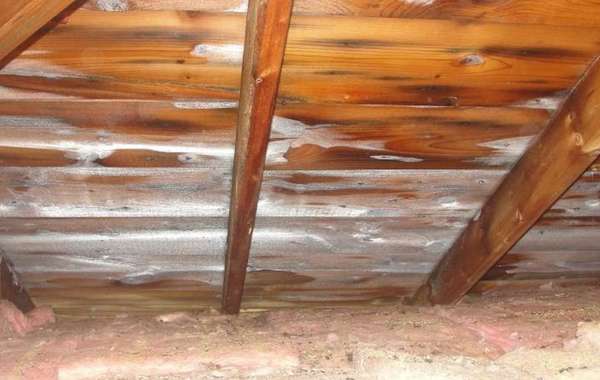
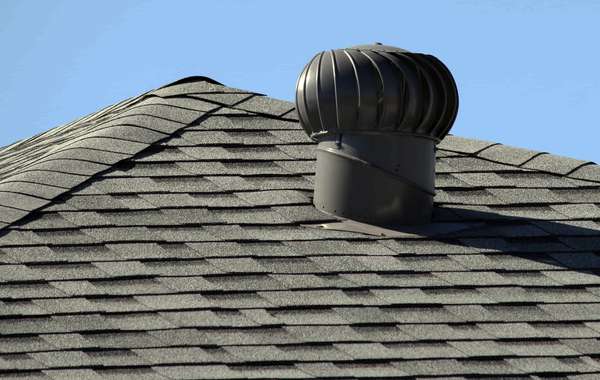
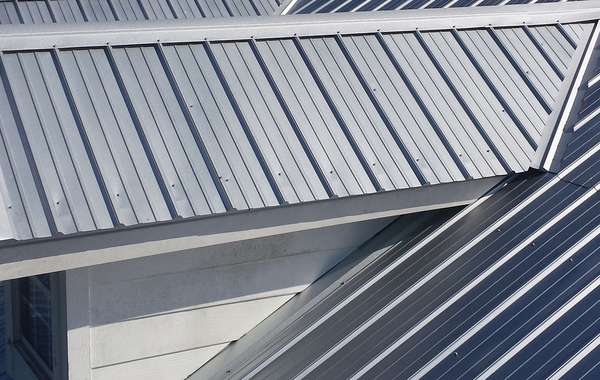
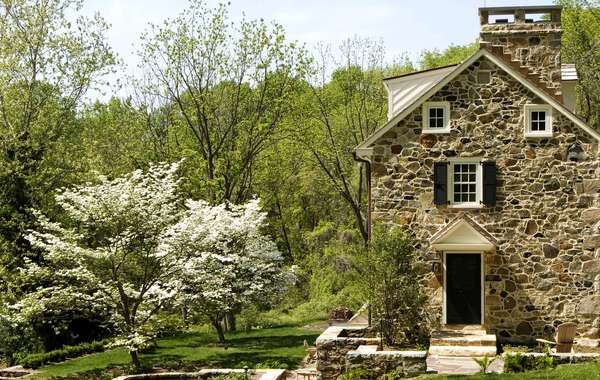
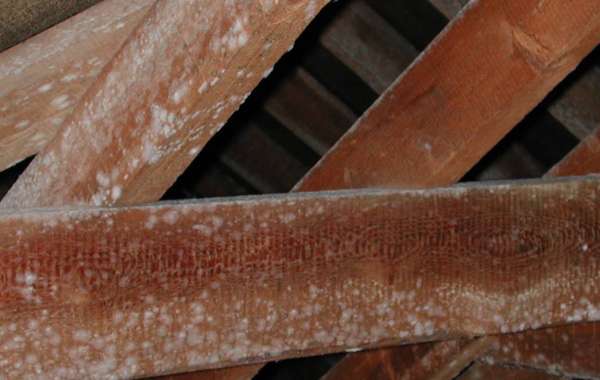

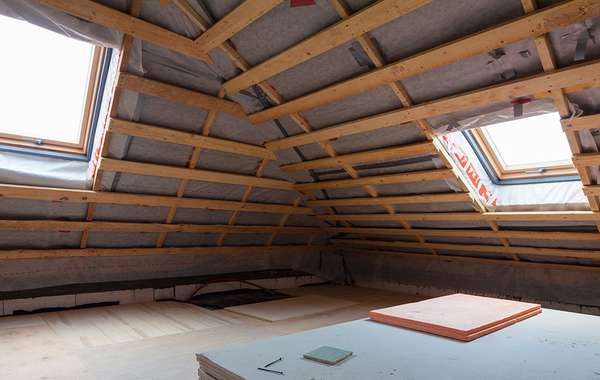
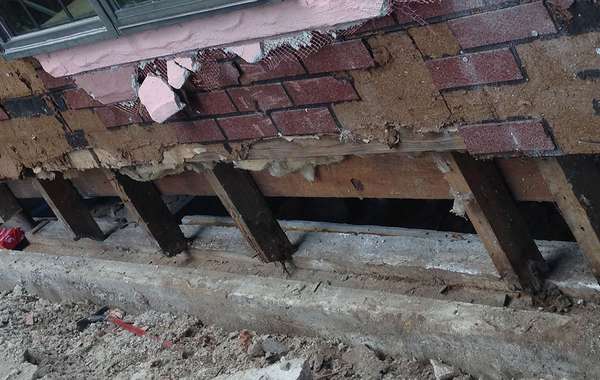
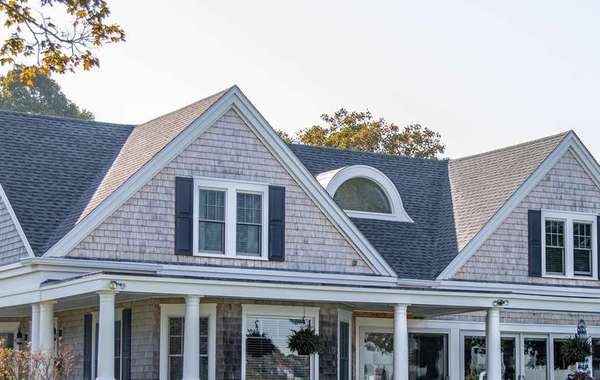

Comments (0)
Sign Up to Comment